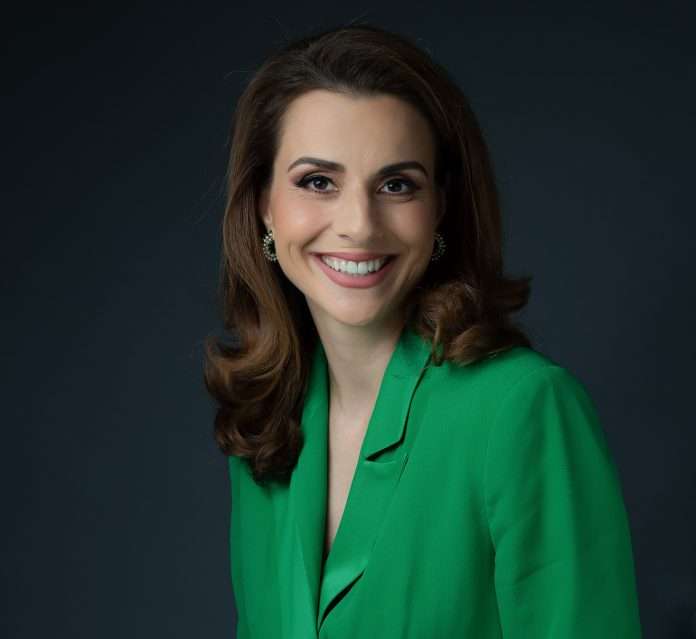The gender pay gap attracts a lot of attention and people around the world are fighting to fix the issue and ensure equality. However, the gender wealth gap is just as important but does not get the same level of publicity.
So, what is the difference between the two? The gender pay gap refers to the disparity in average earnings between men and women in the workplace. The United Nations estimates the current gender pay gap with women earning just 77 cents for every dollar that men earn.
On the other hand, the gender wealth gap focuses on the accumulated assets, investments and overall net worth between men and women. The average Wealth Equity Index in Europe is 0.77, which means women are only expected to accumulate 77% of the wealth that men have upon retiring. Furthermore, a report from Boston Consulting Group claimed that women hold an average of 40% of global wealth. While there is a big gap, it is shrinking. The report stated that women’s average wealth holding is expected to rise at an annual growth rate of 7.2% by 2023, outpacing the 5.2% growth rate projected for men. The question is, are wealth managers supporting women enough?
What has caused the wealth gap?
Tamara Kostova, the CEO of investing-as-a-service provider Velexa, noted that one driver of this gap is the historical capital disparity, as well as wider access to tools men have had to leverage and invest their money. Women spend more time outside of the workplace as they often take a greater responsibility for raising families, increasing the gap.
Despite these factors, even when women have capital to invest there are not always opportunities within financial services that meet their needs. Kostova explained that the financial services industry should do more to welcome women into the journey, but this is not just a responsibility that financial institutions should bear alone. Instead, she called for a regulatory framework that can support this.
She said, “While financial services industry can do a lot, but the reality is that it is a much wider overarching umbrella. Regulators and governments are approaching it more holistically and financial education should be a part of that journey.”
There is a sizable gap in financial literacy for both men and women, but it is a bigger problem for the latter. A report from the Financial Consumer Agency of Canada found that only 32% of women consider themselves financially knowledgeable compared to 42% of men. By increasing the availability of financial education, women can feel more confident with their money and look to increase their wealth.
Kostova said, “I’m a passionate believer that we should start financial education as early as primary school. We always say that money talks, but the reality is that we do not really stress how important this component is with our children.”
Why now is the best time to tackle the gap
Kostova believes it is the perfect time to tackle the gender wealth gap. This is simply because there is a new generation of investors, both men and women, that are proactively looking to manage their finances. Older generations put a lot more emphasis on support of an advisor, whereas younger investors want to make their own decisions, but they can only do that if they have the right tools. This need has fostered a marketplace of WealthTech solutions that are helping people to make informed decisions and act by themselves.
Consequently, women investors have a plethora of tools that are available to them that weren’t there for previous generations. These include things like robo-advisors and fractional investing services. It is not just WealthTechs offering access to these types of services anymore, with major players also catering to the market. The technology advances also mean that women are able to capture market fluctuations and make larger gains than previously.
Kostova said, “The wealth management industry has not focused on women as a key customer segment. If you look at the investing market, only 25% of women are actively investing. It might be profitable to start attracting a customer segment that was always overlooked, a customer segment that holds almost 40% of the global wealth. So that’s actually a win-win situation.”
Aside from fostering greater equality, there are other reasons why women are a great market for wealth managers to focus on. Kostova explained that women investors are savvier than men and tend to outperform them as they focus on the long-term and factual research, rather than speculative stocks. In fact, a study from Warwick Business School in the UK found that women outperformed men by 1.8% during the three-year study period.
While women are making better investment decisions, research suggests they tend to be less confident than men, causing them to be more risk averse. What this means is that women are a lot more open to receive advice from wealth managers. A report from SigFig, the Wall Street Journal and Vanguard found that 64% of women were keen for advice, compared to 56% of men. Combining this with the fact women have a longer life expectancy, it means women are a great customer segment for wealth managers.
Capturing generations early
As the generational wealth transfer happens over the coming decades, wealth managers could find it harder to attract customers if they don’t start providing services that meet their needs. “Interestingly, the younger generation values financial health as much as their personal health. So, for them, actually being able to manage their finances the way they want is more important than loyalty to the traditional banking system”
Kostova noted that FinTechs provide Gen Z users with a plethora of financial services through their mobile phone, giving them easy access and personalisation. On top of this, mobile apps like TikTok and Instagram have paved the way for ‘finfluencers’. These are individuals with millions of followers and provide their viewers with guidance and insights to the world of finance and investing. The easy access of investing through FinTech, allows users to watch a finfluencer video and seamlessly act on the advice. If mobile app-based FinTechs are already building an engagement with users and providing tailored tools directly to the palm of their hands, it begs the question of how wealth managers will be able to attract that generation in the years to come. Kostova believes an important step in this would be to foster a community.
“The reason Gen Z follow finfluencers on TikTok is because they want to feel part of a community. So, can we build that in a banking app? Can we basically give them the same feeling of belonging to a community and feeling comfortable to share information.” By doing this, a wealth manager could be better placed to capture the market.
This community feel can also help encourage women to get more involved with their finances. Content offered by ‘finfluencers’ can provide people with quick and easy to digest snippets of financial coaching, which can then be leveraged by a viewer to improve their own decision making. This is vital for women who feel less confident about investing and have less time to do in-depth research due to other time-consuming tasks – a report from Statistics Canada found that women in the country do 50% more hours of unpaid housework than men.
However, this lack of free time means the financial advice needs to be personalised and contextualised so it can be quickly digested and used for their specific needs. Traditional wealth managers need to find a way to provide quick and personalised advice to help attract more women Gen Z investors.
How Velexa can help
Wealth management firms will need to adapt their offerings to cater to new market demands, and Velexa is able to help them do just that. Kostova founded the company to help foster the democratisation of wealth management and investing. While many told Kostova there are already solutions in the market doing that, this is just not the case. “This is still not happening at scale. The global reality is that a majority of the population is still excluded from the wealth management and investing market.”
Velexa offers a fully customisable API-based investing platform that offers global market access across all major asset classes and currencies. This means they can easily add asset classes and instruments to meet customer demand. On top of this, Velexa offers customised interfaces that can be tailored for each targeted segment.
Its technology can be fine-tuned to be personalised and contextualised for each customer segment. For example, Velexa helped a client in Indonesia build a specific investing tool for the agricultural space that would support their specific needs. This flexibility could be leveraged by any wealth management to target specific customers, such as women.
There is still a long journey ahead until the gender wealth gap can be resolved. However, Kostova offered some optimism towards the future. “I continue advocating that investing should be embedded in our daily life and really focus on building very personalized journeys for women to embrace wealth management and investing services. I think with the rise of personalization and contextualization in terms of the journey, we are going to see more and more women feeling comfortable to step into that space, even nascent investors.”
Keep up with all the latest FinTech news here
Copyright © 2023 FinTech Global











